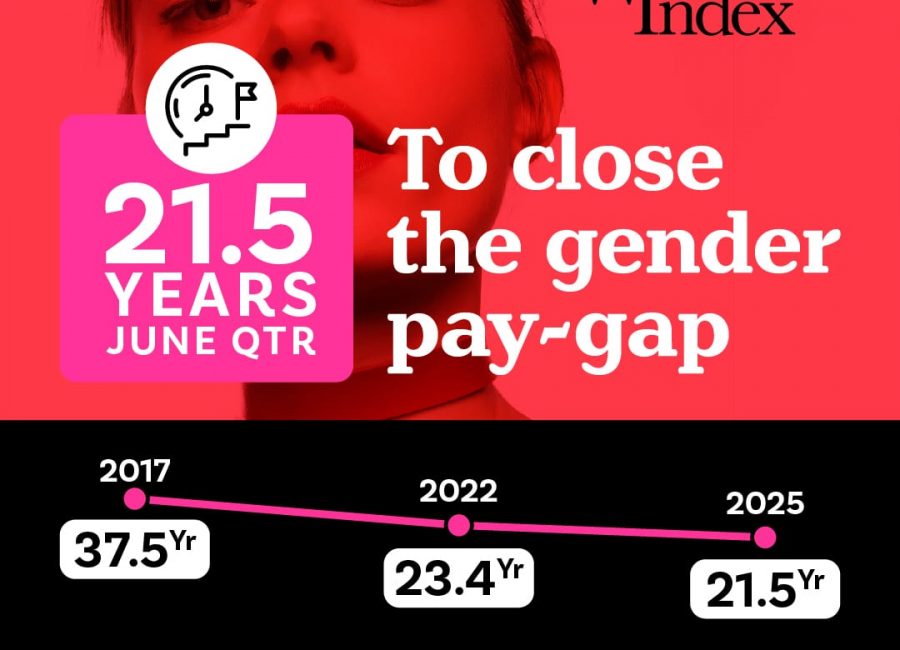This week, I like many Australian women spent way too much time on social media than I did on improving my own financial wellbeing.
As a money-conscious mum this is a recurring problem and it’s one that many Australians face.
The risk of a brewing social media addiction is that we become complacent on other things that matter, particularly money and that could cost us in fees, charges and investment savings.
A survey of 1,000 people conducted on behalf of CUA has revealed just that – sometimes we can all have moments of misaligned priorities when it comes to our finances and social media.
In fact, one in three (33%) Australians can rattle off how many Facebook friends they have without needing to check their profile, yet a similar figure also admit to not being completely aware of the important finance basics such as their monthly expenses, level of debt or even simply how many credit cards they currently have.
What’s more? The survey also found that when it came to the attributes that both men and women look for in a potential partner, being able to take a good photo for Instagram ranked almost twice as important than being good with money.
In a similar vein, collectively women and men on average both care more about how many friends they have on Facebook than what the current rate of inflation is or what tax bracket they’re in.
While it’s perfectly normal to check in on our social platforms from time to time, we also need to be spending our personal time on other things that matter, particularly our finances.
So, while it may be shocking to hear these statistics, it’s not necessarily unexpected. That’s why Financy has teamed up with CUA to help you put in place some easy-to-do steps to empower your financial wellbeing.
Here are four areas that we suggest you look at to swap out some of your social media time for your financial time:
Know your income and your monthly expenses:
- How much do you earn?
-
- What tax bracket are you in? Interestingly, close to one in three Australians don’t know what tax bracket they are in (particularly those in their 20s and 30s, according to the research).
- What are your monthly expenses – list your in and outgoings.
Keeping different accounts for different purposes is one way to manage your money. For example, having an account for bills, one for holidays and one for the home.
Some financial institutions will even let you link multiple accounts as offset accounts for your mortgage, so you can save on mortgage interest while managing your money in different buckets.
Regularly logging into mobile or online banking is also another way to keep tabs on your spending/ expenses, but some financial institutions are rolling out other innovative ways to manage your banking and money.
CUA now also has an app called iM CUA where members can choose their own personal banker so they are chatting to the same person every time, meaning they get to know you personally to help you improve your financial wellbeing over time.
Know your interest rates:
- How much interest are you paying on your mortgage or other loans, including credit cards?
- Are you getting the best deal? Check free comparison websites Finder and Canstar if you want to benchmark rates and find a better deal.
Know how to save money by asking yourselves these questions:
- Where do you buy your petrol? Are you making the most of free Fuel Check websites that allow you to see the best deals?
- Where do you do your weekly grocery shop? Are you shopping at the most expensive grocer or butcher in town? Have you thought about finding better value elsewhere?
- Do you know your subscriptions? How much money goes out of your bank account paying for small item subscriptions such as Apple iTunes or Telstra TV?
- Do you know your bank fees and charges? When was the last time you checked your bank statement and highlighted your fees and charges? Consider doing this and looking for better.
Know your superannuation:
-
- Log into your account, either directly or via your MyGov account and check your balance.
- Check whether your retirement savings have gone up or down in the past 12 months.
- Check which investment option you are in or your portfolio mix.
- Check your fees and understand how they compare by looking at this government website.
- Check your beneficiaries and make sure they are up to date.
An estimated 29 per cent of Australian’s don’t know how much Super they have and 25 per cent don’t know how much Super they should be receiving from their employer, according to CUA research.
It is more important than ever for consumers to be financially savvy and monitor their spending, because being complacent could be costing you money in fees or interest, or might mean you aren’t getting the best return on your savings.
Consider taking these steps on board to grow your future and get back on financial track.












